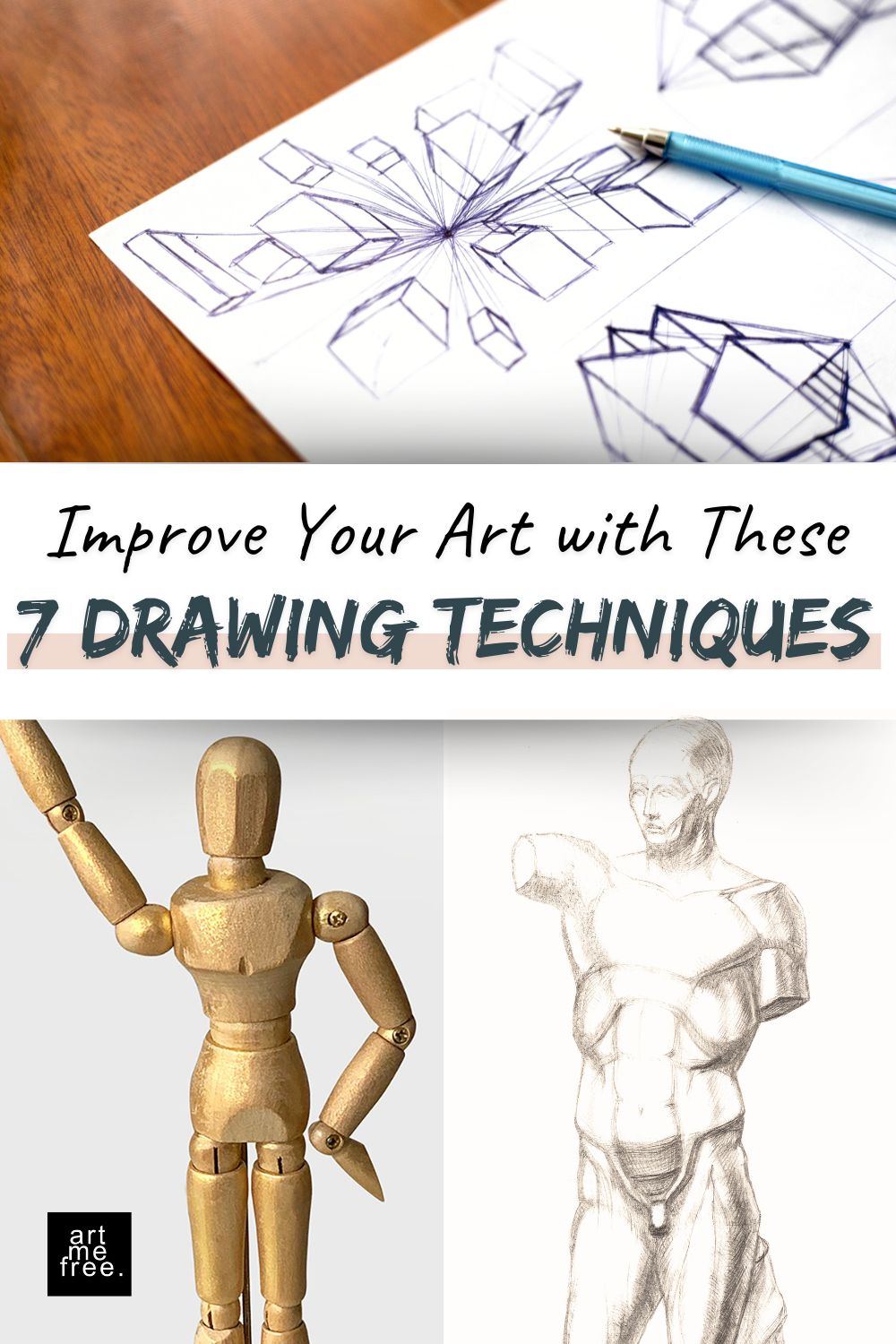
Line work is the foundation of any drawing. Clean, confident lines make artwork look polished, while expressive, sketchy lines add character and movement.
If you enjoy free-flowing lines and abstract compositions, check out Ultimate Guide: Drawing Ideas & Doodling Elements for inspiration on incorporating patterns and creative line work into your art.
Shading adds depth and realism to drawings, making objects look more three-dimensional. By controlling light and shadow, you can create forms that feel solid and lifelike.
To enhance the 3D effect, focus on converting basic shapes into complex forms. For example, turning a circle into a shaded sphere by gradually darkening one side based on a light source.
If you’re interested in transitioning from pencil sketches to inked artworks, my blog post Pencil Art Drawing: From Sketches to Stunning Ink Doodles explains how layering techniques can refine your work.
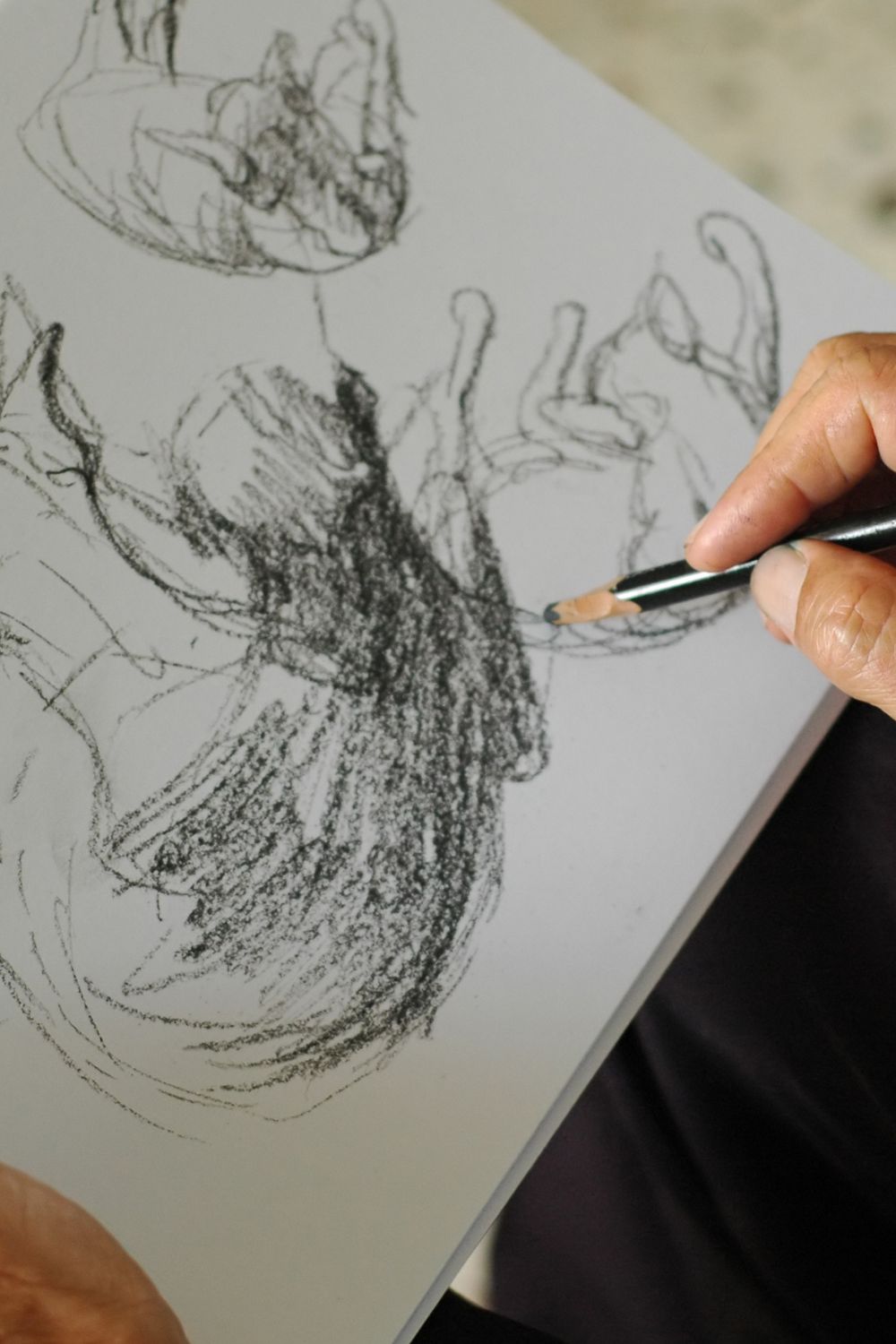
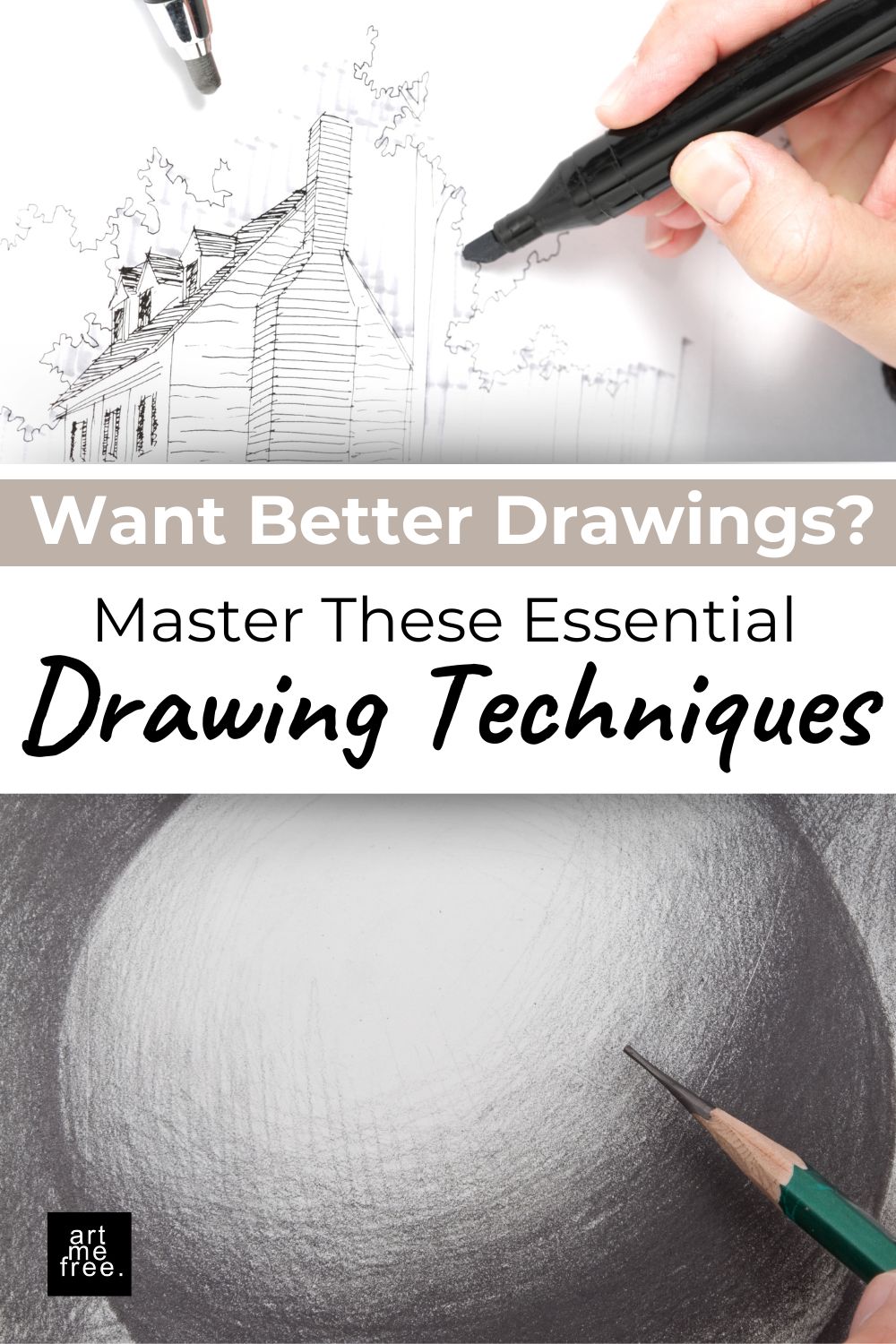
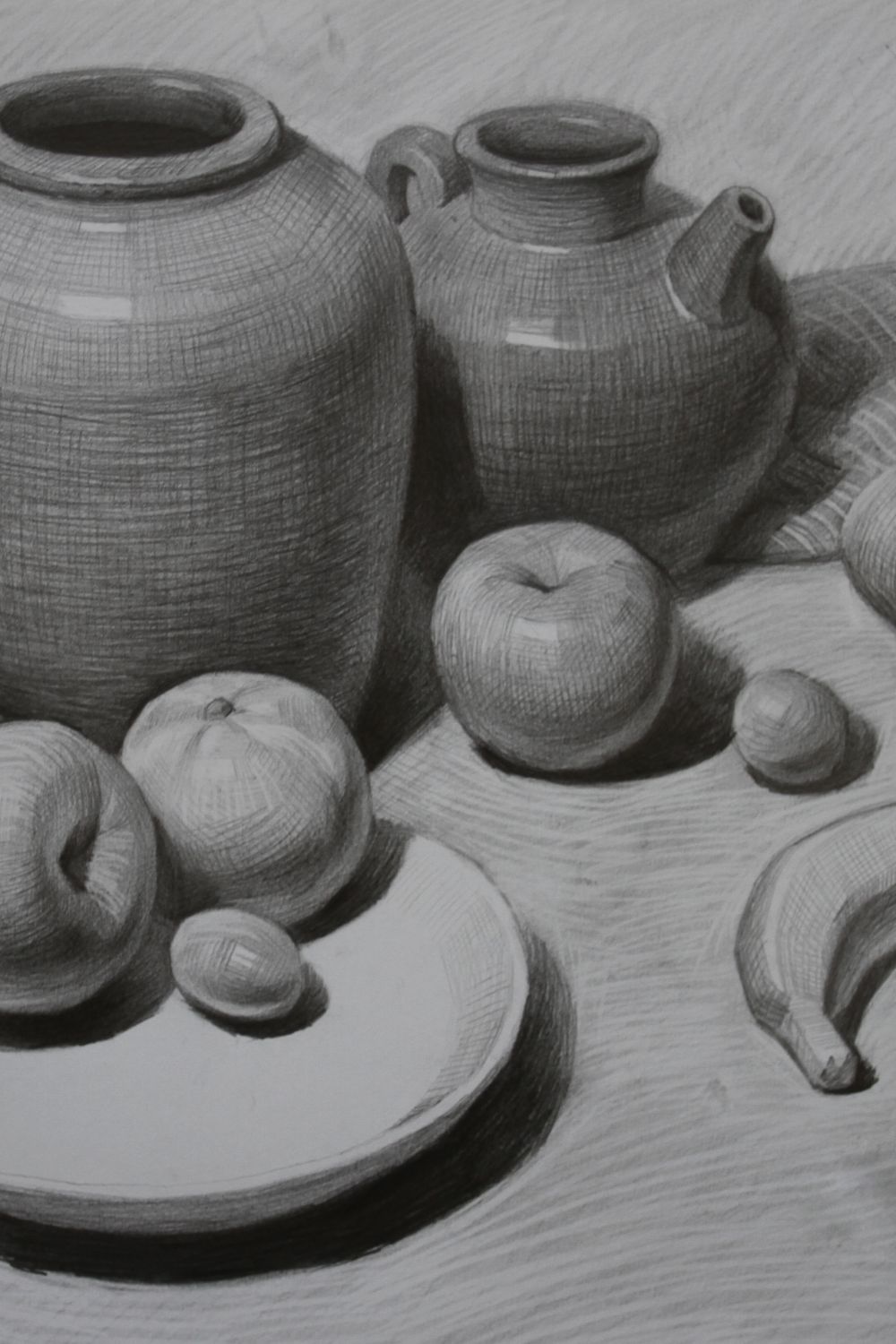
Perspective is crucial for creating depth and realistic spaces. It allows objects to appear correctly proportioned within a scene.
A great practice is drawing a simple box in different perspective setups to understand how lines shift with distance.
Gesture drawing is all about capturing motion and energy. It’s particularly useful for sketching human figures, animals, or any subject in action.
A fun challenge is sketching people walking or animals in motion. The goal is not accuracy but to capture the essence of movement.

Composition guides the viewer’s eye and determines how elements interact within an artwork. Negative space (the empty areas around subjects) is just as important as the objects themselves.
For more insights on how drawing compositions compare to painting compositions, check out Painting vs. Drawing: What’s the Difference?, which explores how different techniques impact artwork.
Texture brings drawings to life by simulating different surfaces—soft, rough, shiny, or fuzzy.
Observing real-life objects and replicating their textures is a great exercise to improve detail work.
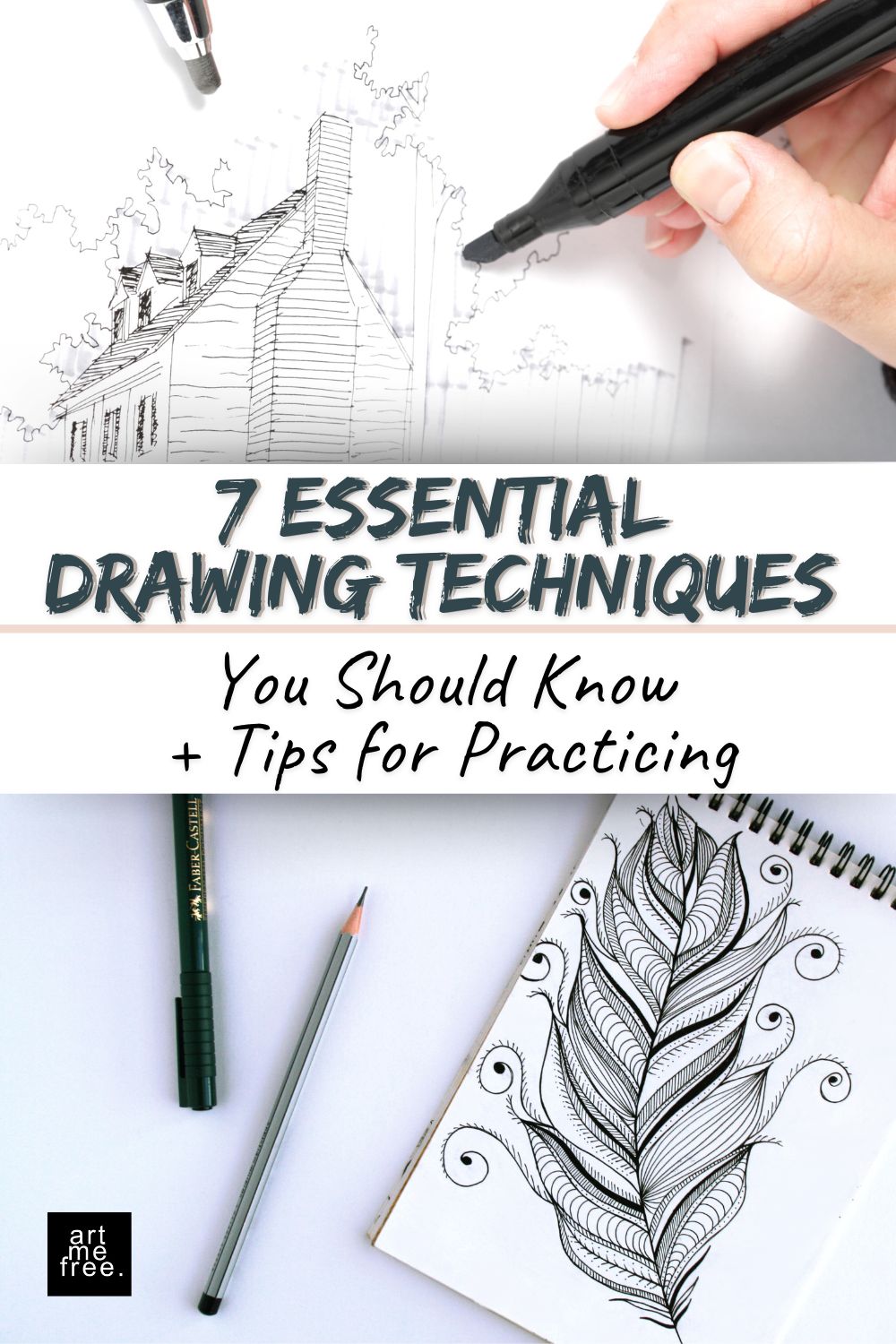
Sometimes, switching to a new tool can completely change the way you draw. Different mediums allow for unique textures and effects.
Try mixing different tools in one piece—for example, sketching in pencil and adding ink for bolder outlines. This will help you explore new drawing techniques and push your creative limits.
Mastering these drawing techniques will elevate your artwork and give you more creative control. Whether you’re refining line work, perspective, shading, or textures, each method brings depth and energy to your drawings.
Pick a technique from this list and start practicing today! Want more inspiration? Check out the artmefree gallery for creative ideas, or explore other art guides on the blog.


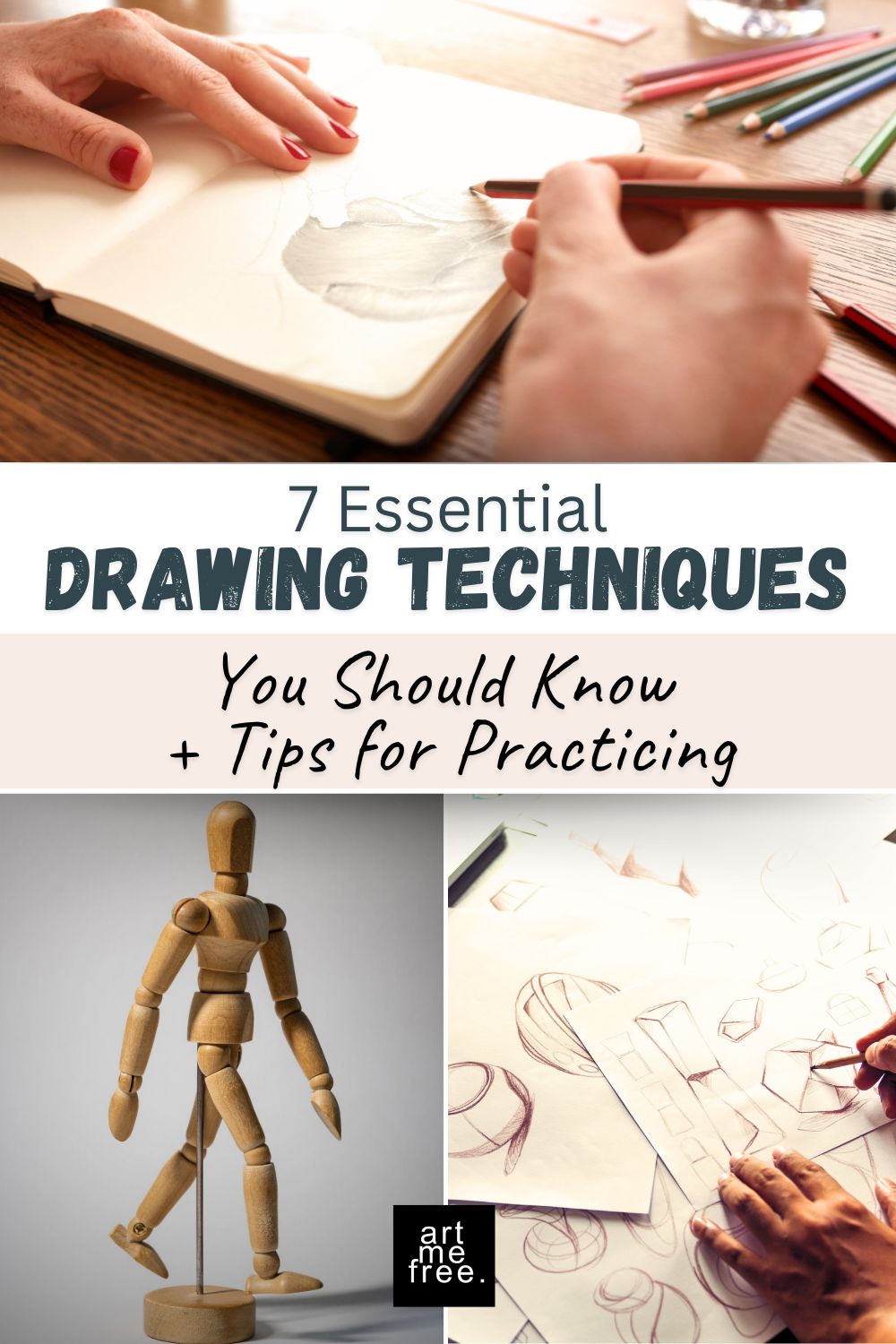
To provide you with an optimal experience, we use technologies such as cookies to store and/or access device information. If you consent to these technologies, we may process data such as browsing behavior or unique IDs on this website. If you do not give or withdraw your consent, certain features and functions may be impaired.